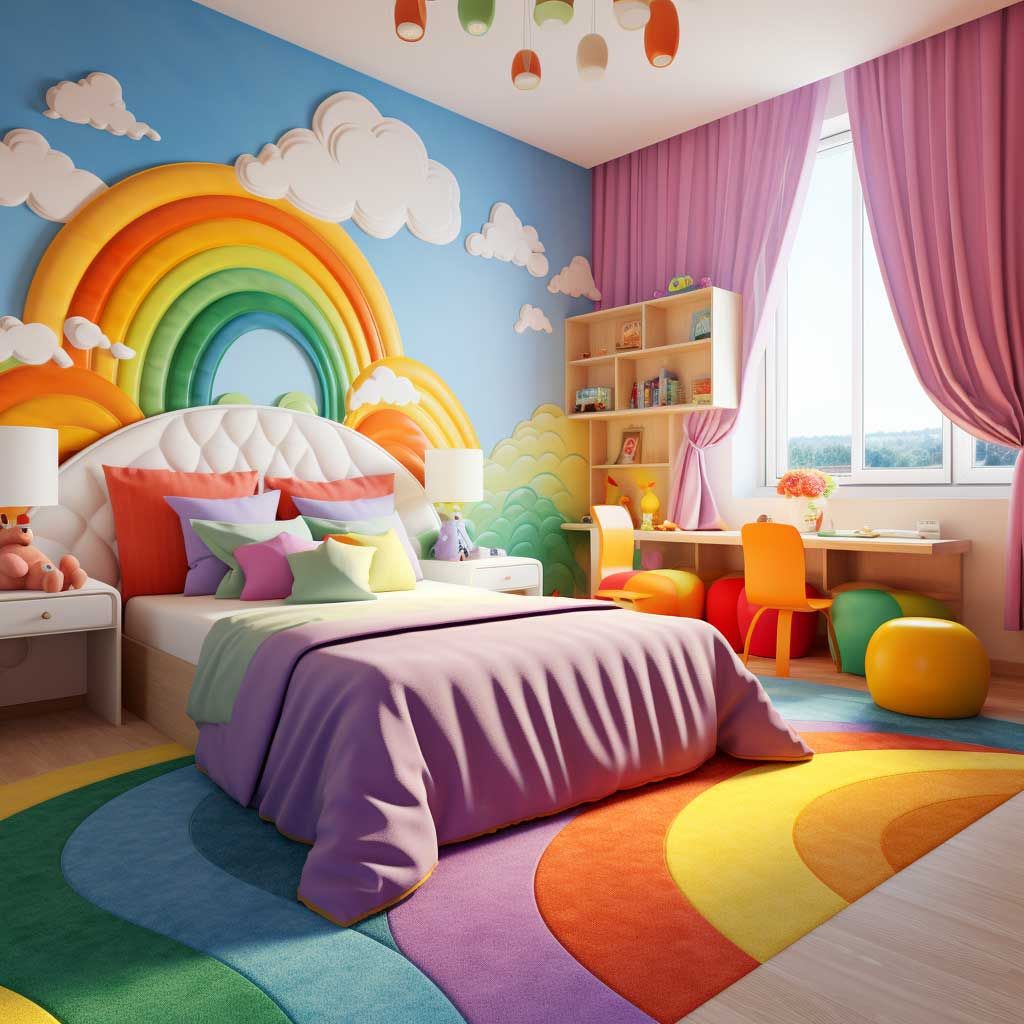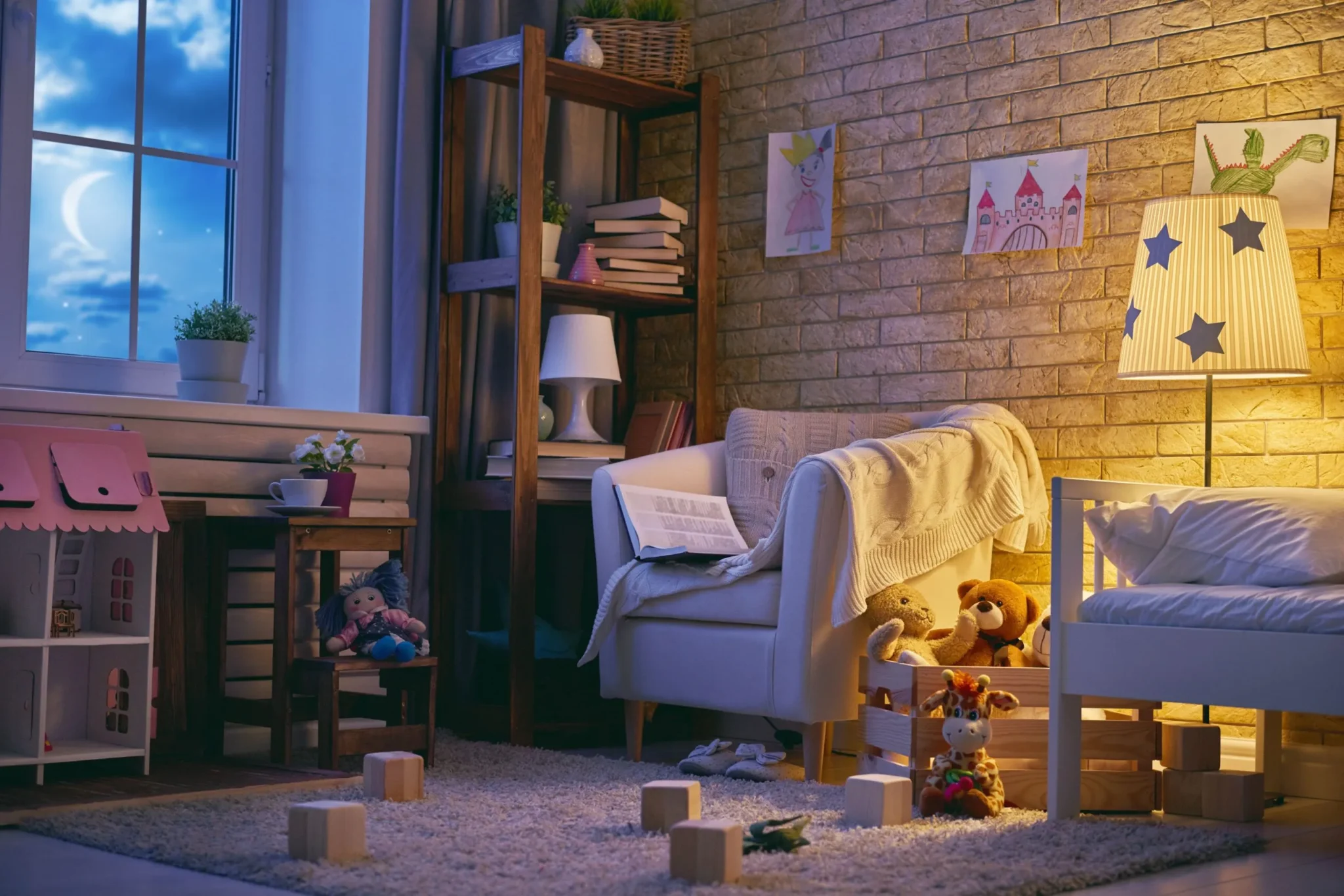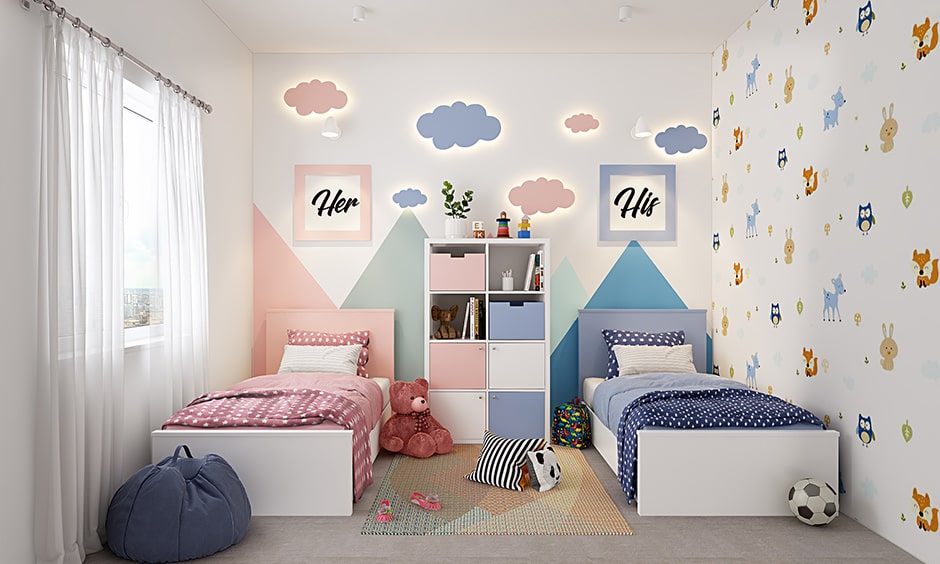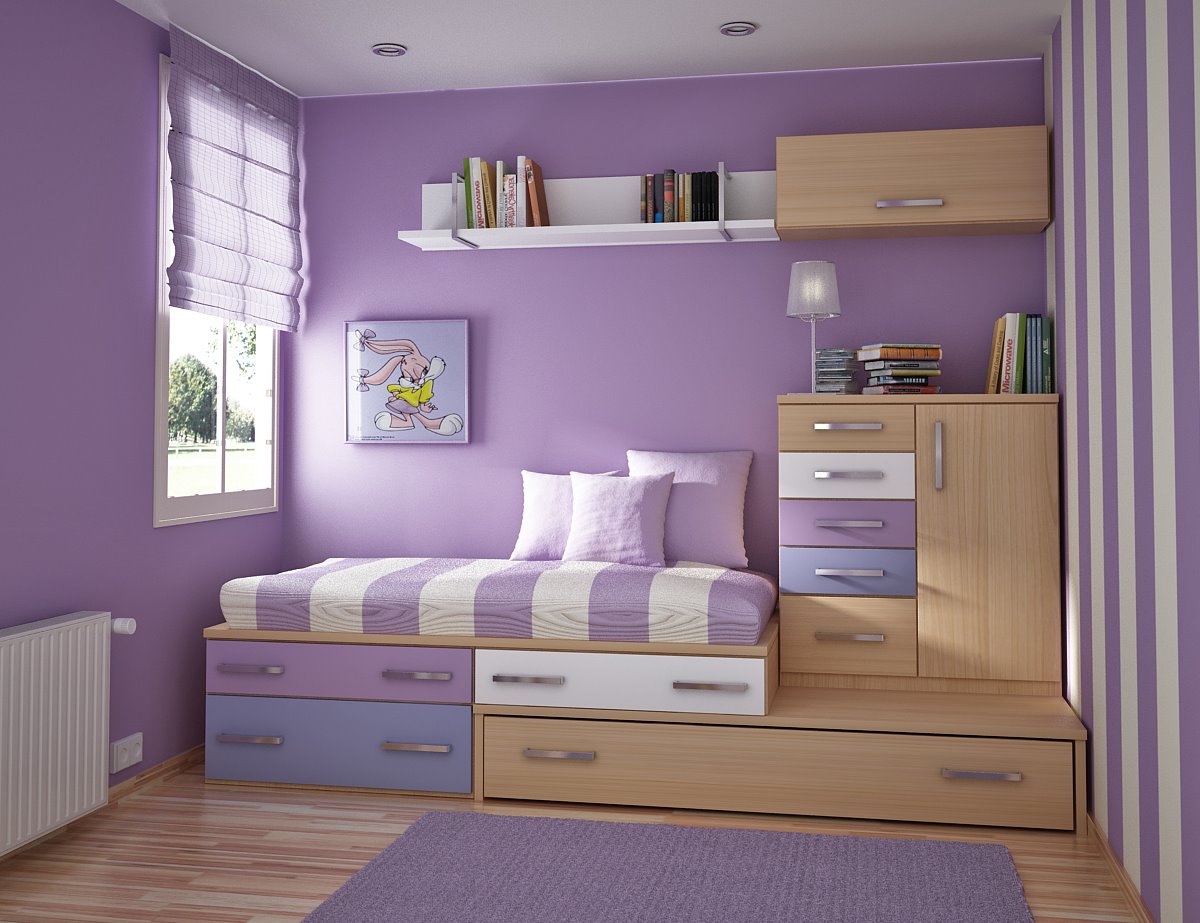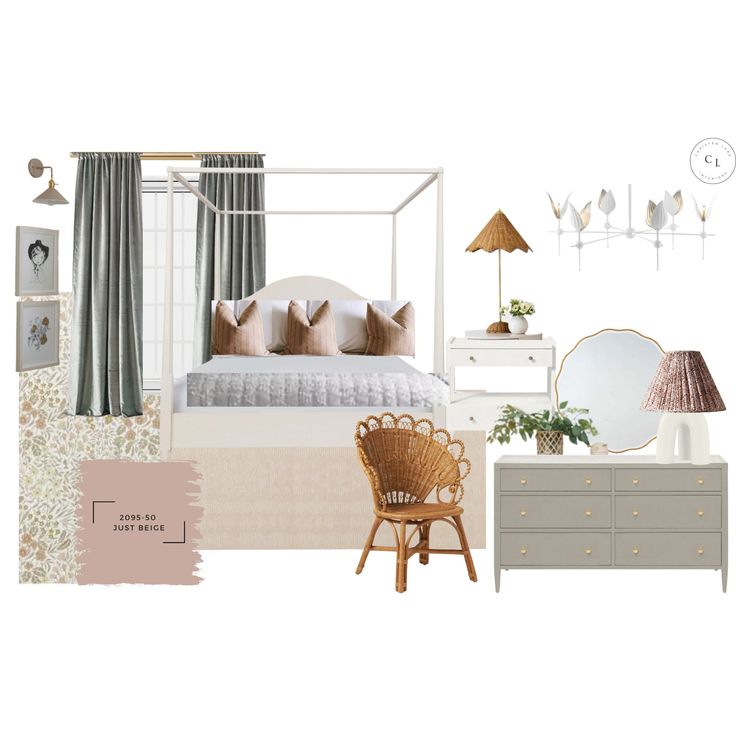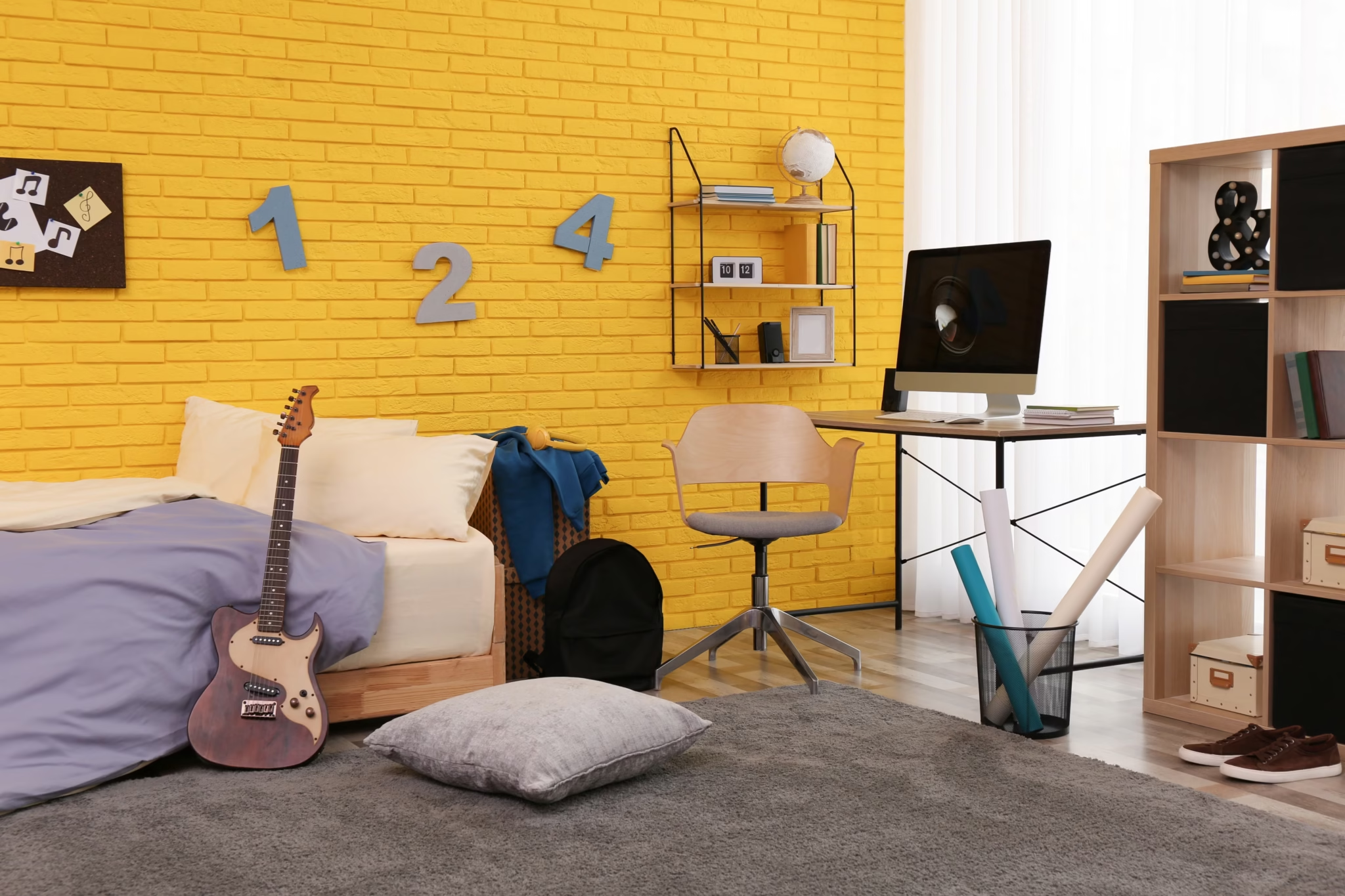Children’s bedrooms are more than just sleeping spaces—they are vibrant arenas where young minds play, learn, and grow. The colors surrounding your child have a profound effect on their mood, behavior, and even cognitive development. Studies show that children under 10 are especially sensitive to the colors in their environment, which can influence creativity, focus, memory, and emotional health.
If you are planning home remodeling in Laurel, MD, your child’s bedroom is one of the best places to make impactful design choices. With thoughtful color selection, you can create a space that is not only visually appealing but also promotes emotional well-being. In this article, we’ll explore five essential color palettes, along with tips from residential remodeling experts, to help you design the perfect kids’ room.
Why Color Matters in Kids’ Bedrooms 🏡
Color psychology, also known as chromotherapy, has been practiced for over 2,000 years. Ancient Egyptians and Chinese believed that every color carries a unique vibration affecting the body and mind. Today, this practice informs modern bedroom remodeling strategies.
-
Bright colors like yellow and orange evoke energy and happiness.
-
Cool colors like blue and green promote calmness and focus.
-
Neutral and pastel tones create harmony and relaxation.
When you hire home improvement contractors in Laurel, MD, they often emphasize the psychological benefits of color in addition to functional design. Children spend much of their day in their bedrooms, making it essential to choose colors that enhance their mood, creativity, and concentration.
Factors to Consider Before Painting 🖌️
Before selecting your paint colors, consider the following:
-
Your Child’s Personality – Energetic kids may benefit from soothing blues and greens, while shy children may thrive in warmer yellows and oranges.
-
Room Theme – Superheroes, books, animals, or nature-inspired rooms can guide your color scheme.
-
Natural Light – Rooms with plenty of sunlight can accommodate bolder shades; darker rooms may need lighter or pastel colors.
-
Shared Spaces – If siblings share a room, opt for harmonious color combinations that suit both personalities.
-
Functional Zones – Use different colors to designate areas for study, play, and rest.
Incorporating these factors into your kids’ bedroom design can help create a space that balances aesthetics and functionality, a key principle in residential remodeling.
1. Warm Colors: Energy and Happiness 💛🧡❤️




